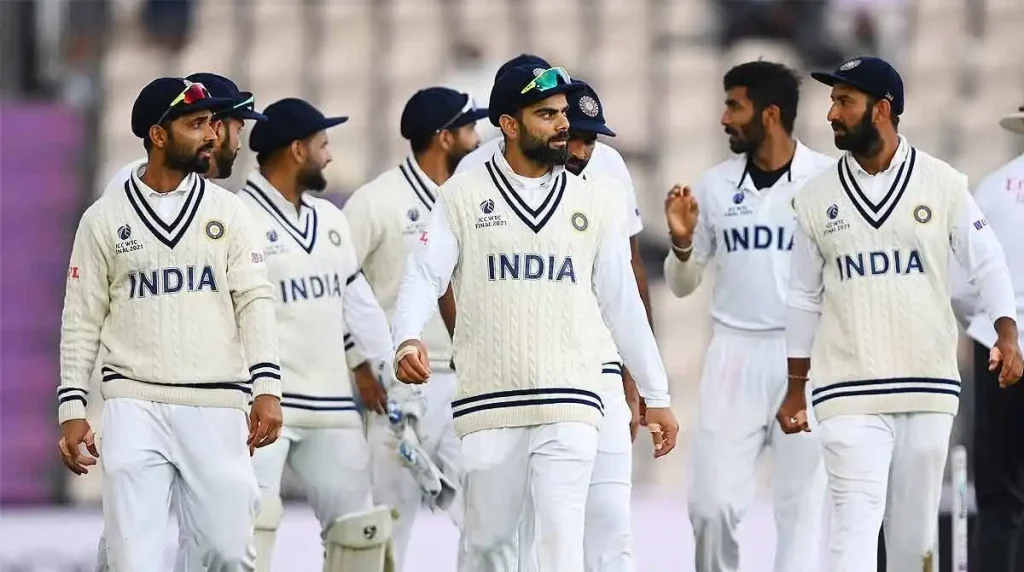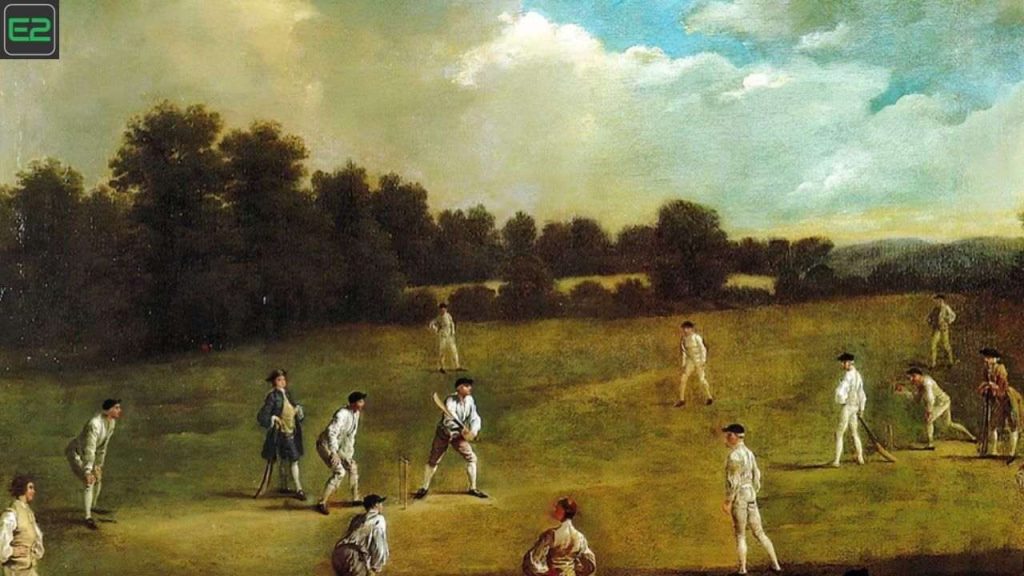Cricket jerseys reflect tradition and format: players wear white for Tests to symbolize the game’s heritage, while colored kits for ODIs and T20s represent modernity and entertainment. This distinction enhances the viewing experience and reflects the evolving nature of cricket
Table of Contents
The Classic Elegance of Cricket Whites

Cricket In the genteel game of Test cricket, where battles on the pitch can last up to five days, players don the timeless white jersey. But why white? The tradition dates back to the early days of the sport, around the 19th century, when cricket was predominantly played during the day, and the stark white attire was considered the most appropriate and gentlemanly choice.
Cricket whites exude a sense of purity and tradition, embodying the spirit of fair play and sportsmanship that has defined Test cricket for centuries. The uniformity of white outfits also adds an element of elegance to the game, creating a visually striking spectacle as players engage in strategic battles under the bright sunlight.
Practicality and Tradition in Cricket Test Matches

The choice of Cricket white for Test matches is not solely about tradition; practical considerations also play a crucial role. The extended duration of Test matches means players are exposed to varying weather conditions, including intense sunlight, over the course of several days. White clothing reflects sunlight and heat, helping players stay cooler on the field.
Moreover, the white ball used in Test matches contrasts well with the players’ attire, ensuring optimal visibility for both players and spectators. This visibility is particularly crucial in the longer format of the game, where the subtleties of player movements and ball behaviour can have a significant impact on the outcome.
The Colourful Revolution in Limited-Overs Cricket

As cricket evolved, so did the formats of the game. The introduction of ODIs and T20s brought about a revolution in the way cricket was played, watched, and experienced. With the need for faster-paced and more entertaining matches, the traditional white attire gave way to the vibrant, team-specific colours we see today.
The transition to coloured jerseys in limited-overs cricket served multiple purposes. Firstly, the use of colours brought a new level of excitement and visual appeal to the game, attracting a broader audience. The distinct team colours also made it easier for spectators and television viewers to identify and support their favourite teams.
Expressing Cricket Team Identity

In ODIs and T20s, cricket teams wear jerseys that represent their national identity or franchise colours. These colourful uniforms not only create a sense of unity among the players but also contribute to the overall spectacle of the game. Fans take pride in donning replicas of their team’s coloured jerseys, fostering a sense of camaraderie and team spirit.
The inclusion of player names and numbers on the back of jerseys further personalises the cricketing experience, allowing fans to connect with their sporting heroes on a more intimate level. This practice is more common in ODIs and T20s, where individual performances often take centre stage.












